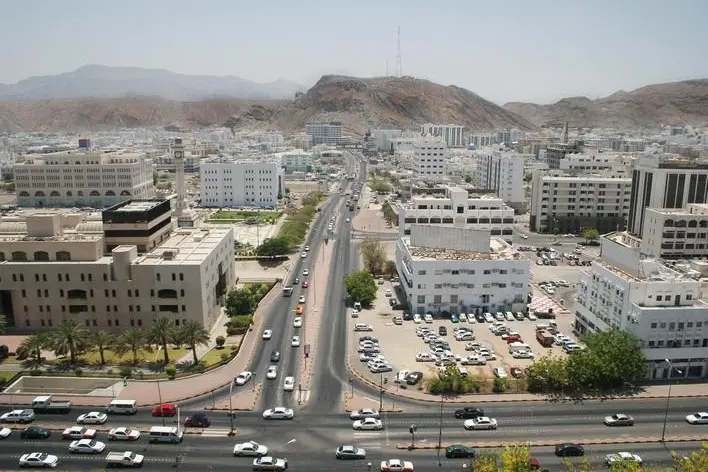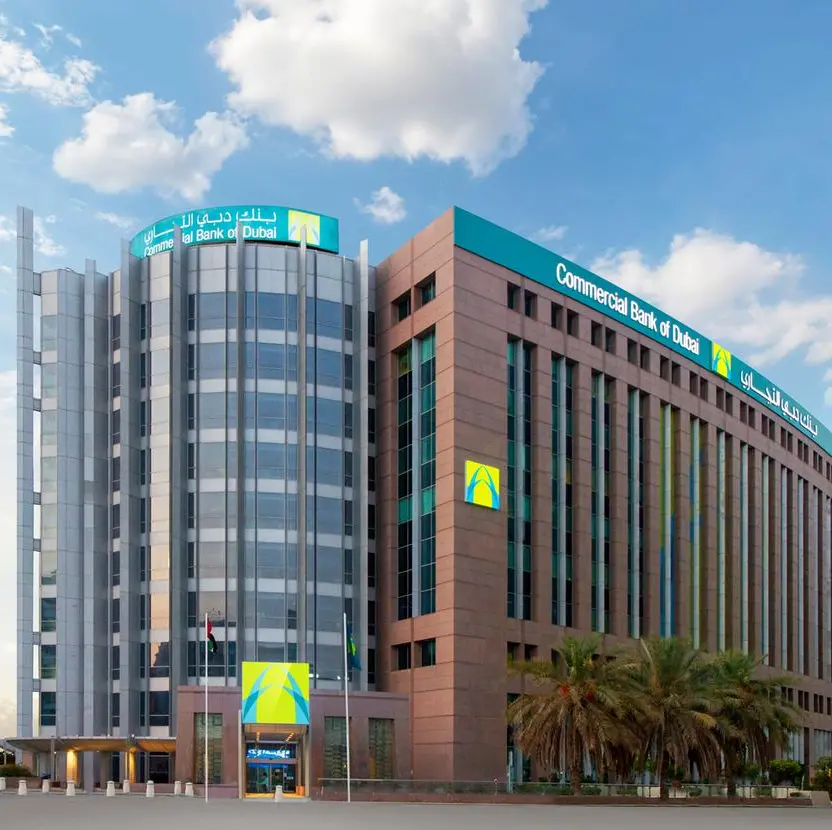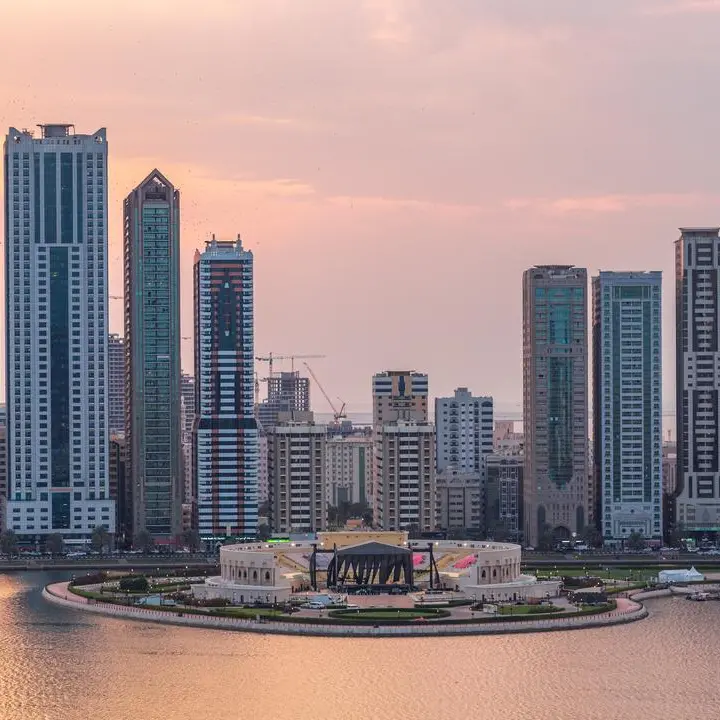PHOTO
Owners who have been quick to adjust the asking rents downwards, and who offer good maintenance services, are enjoying higher occupancies than those who are less flexible on rents and who do not maintain their buildings well, stated the report.
Location is also a key factor, with rents and occupancies in popular locations, declining less than those in other areas. “The declines are less in popular locations like CBD, Qurm, Al Khuwayr and Ghubra while higher in Wadi Kabir, Ghala, Amerat and the areas beyond the airport.”
According to the company, the demand for real estate is driven by the job market. The total number of expat employees has gone down from a peak of 1,854,880 as on December 31, 2017 to 1,787,447 as on December 31, 2018, a decrease of 67,433 (3.64 per cent).
“However, a closer look at the numbers shows that the number of expats who hold a diploma and above has gone down, in the last two years, from 159,506 to 142,989, a decline of 16,517 (10.36 per cent).
In most cases, enquiries are not from the newly arriving expatriates but from those already in Oman, seeking to move to cheaper or better accommodation. “This has resulted in declining rents as well as occupancy and rental incomes taking a double hit.”
The total number of Omanis in the private sector has gone up from 223,083 as on December 31, 2016 to 251,009 as on November 30, 2018, an increase of 27,926 (12.5 per cent) in about two years. “Oman now produces a number of high school and college graduates every year, and it is natural that they will replace expatriates, especially in white collar jobs.













